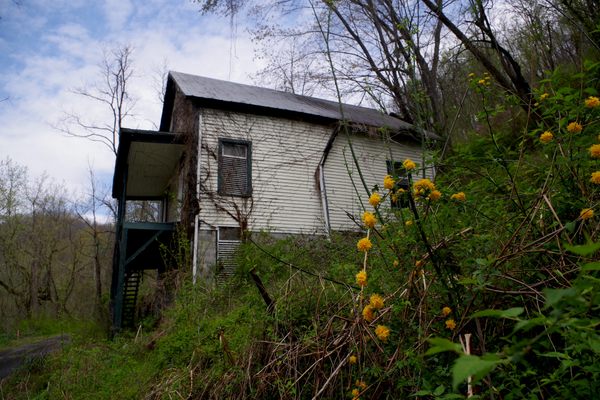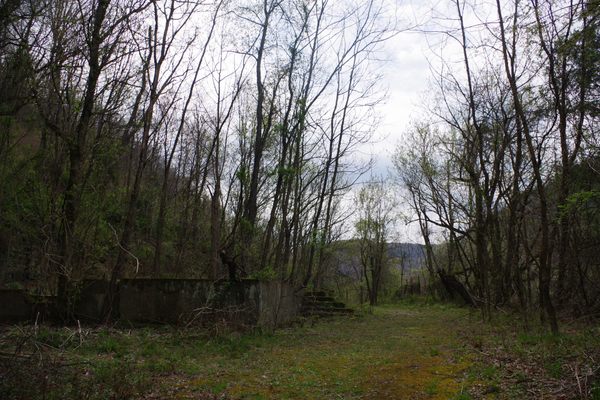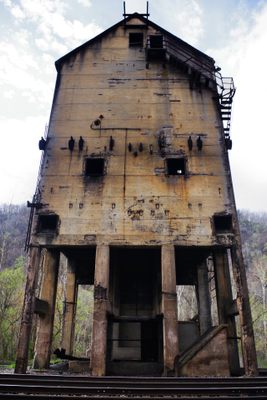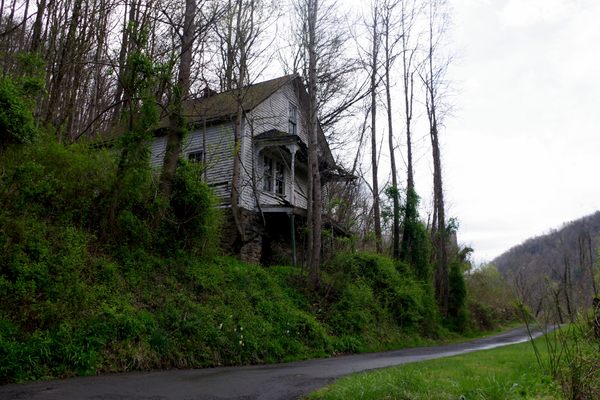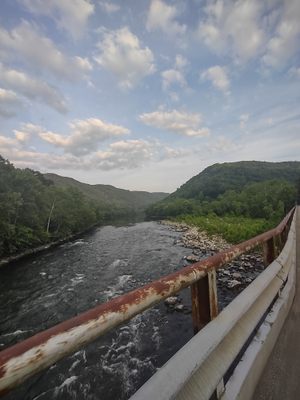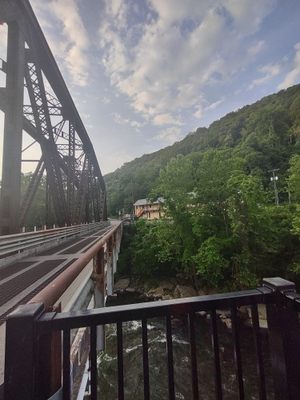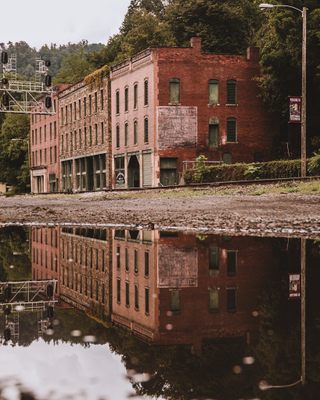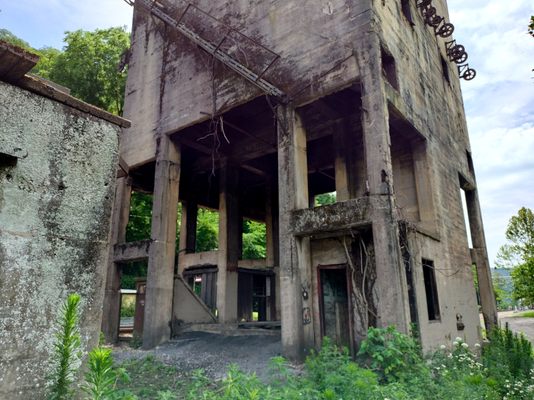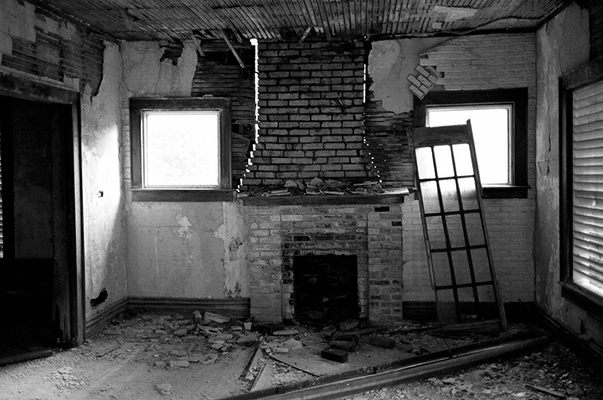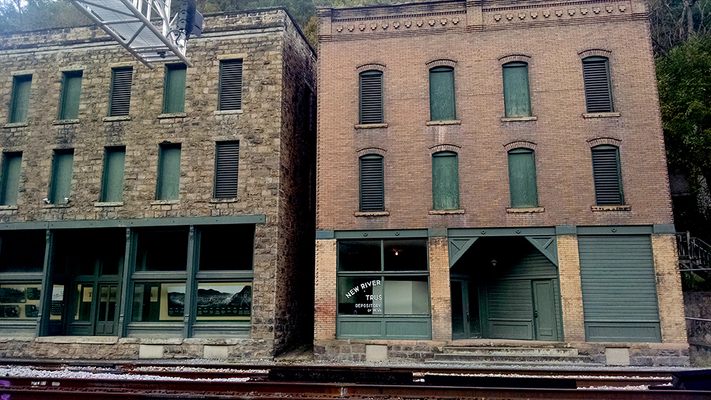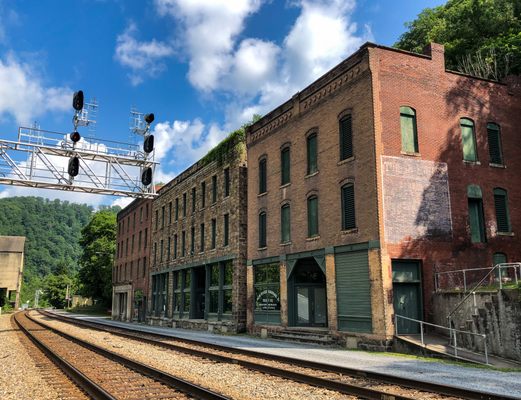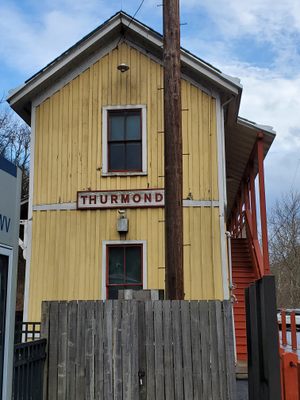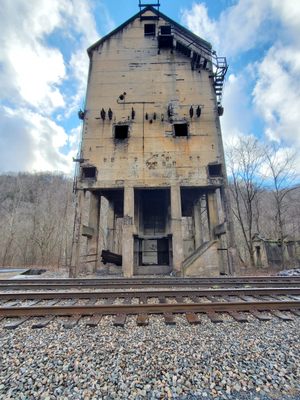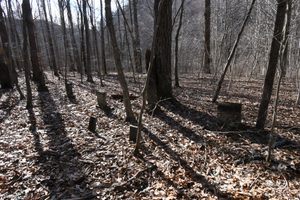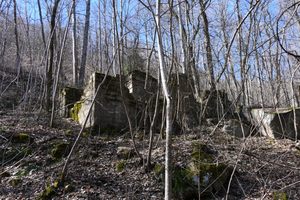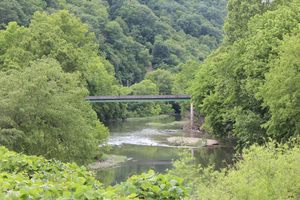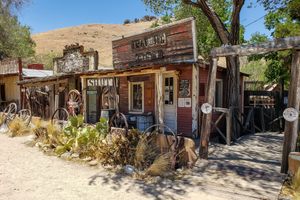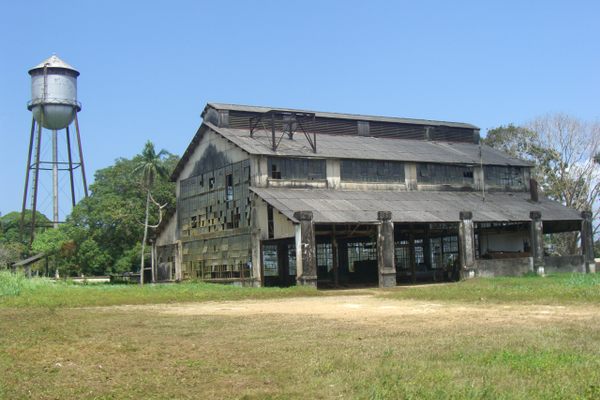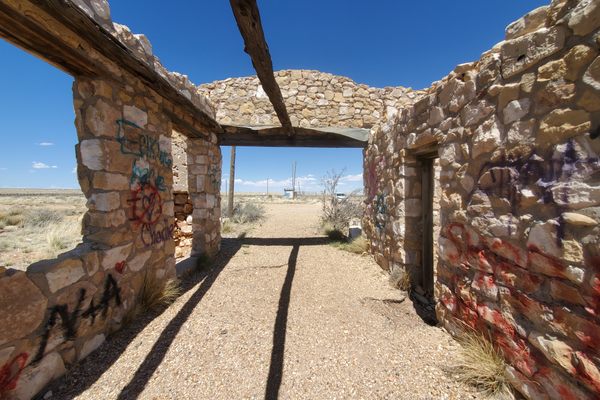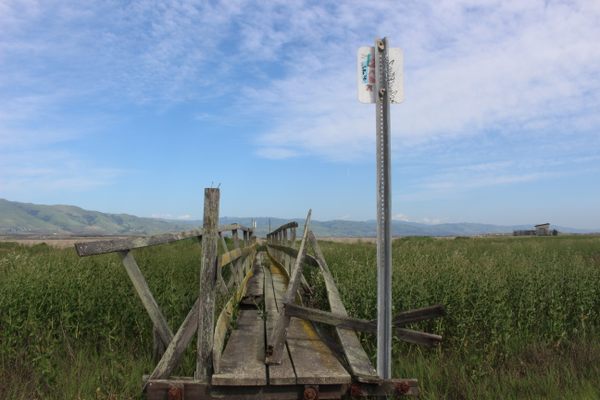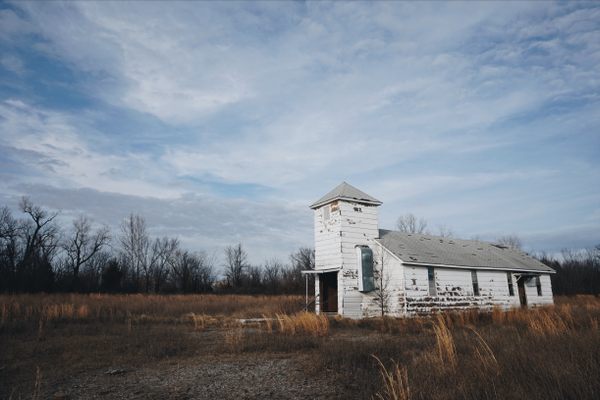About
Even during Thurmond's most prosperous days as a coal depot in the early 20th century, the town's only connection to the outside world was a single rail line.
No roads led in or out of the town until 1921 when a single-lane bridge crossing the New River was constructed. Yet by this time, the town's coal-dependent population had begun to dwindle, with the town's fate being sealed in 1935 when Thurmond's only bank collapsed.
The National Bank of Thurmond and several other well-preserved structures such as a hotel remain deserted along the town's main street, which runs parallel to the once thriving train tracks. The National Park Service runs a bare-bones operation from the old train depot, keeping watch over the town and preserving the remaining buildings. One of the town's most prominent structures is a coal drop machine towering above the train tracks, which is used for refueling.
According to a 2013 census, the current population is 5, and the town remains as isolated as it was in the 1920s. To get to Thurmond, you drive over miles of scenic roads that twist along with the New River and then finally cross over the river using the single-lane bridge.
Related Tags
Know Before You Go
Thurmond is served by Amtrak, the United States’ national railroad passenger system. The Cardinal, train that runs from Chicago to New York City, serves Thurmond three times per week in each direction.
To reach Thurmond by car, take U.S. Route 19 to the Glen Jean exit, north of Beckley. Follow the signs to Thurmond, seven miles down WV Route 25, a narrow, winding road that is not recommended for RVs and trailers. Know that the Thurmond, track side buildings, are facades only. There is nothing but weeds, growing behind most of the store fronts. The road making a "circuit" of the town, is narrow snd steep, with tight, hairpin turns. Large vehicles and/or trailers, may find the road impassible. Heavy rain or light snow, may also may the road, impassible.
Community Contributors
Added By
Published
February 28, 2011





